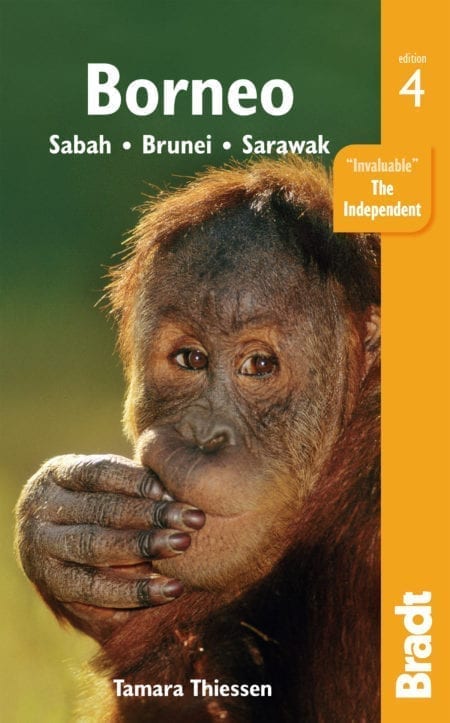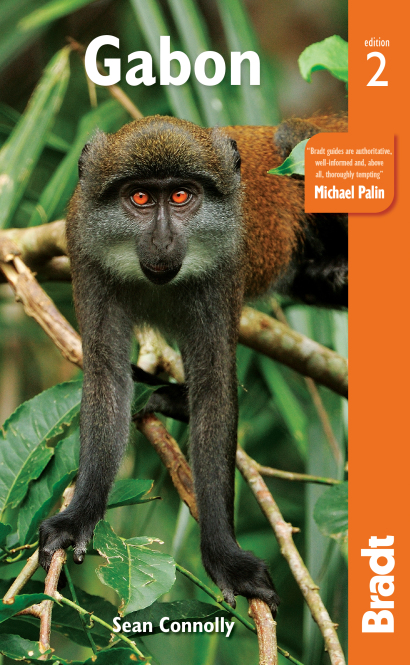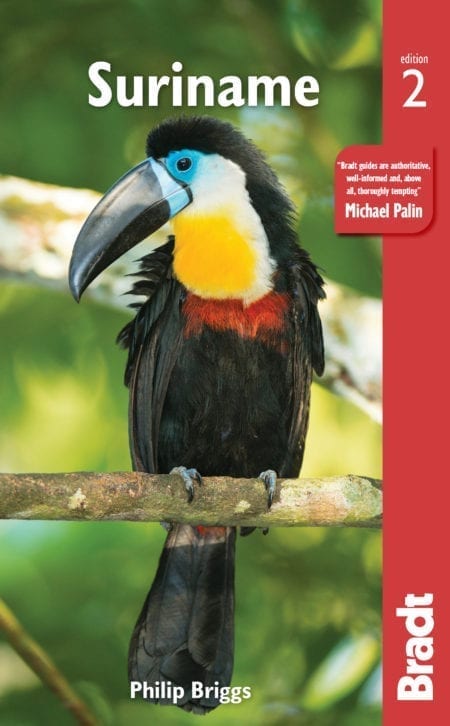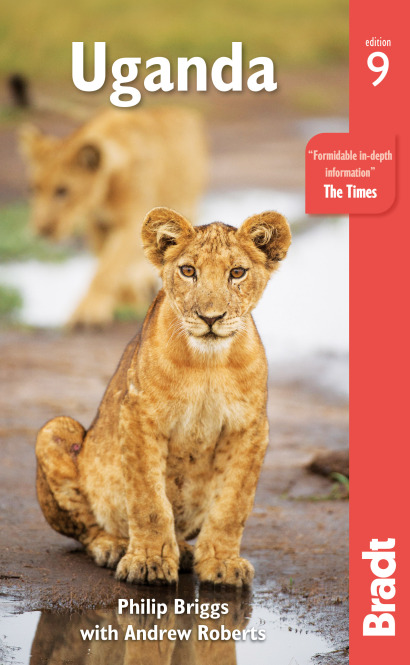Whether it’s stalking lions on a walking safari, sharing the ocean with a humpback whale or watching baby turtles hatch on a beach, coming face to face with an animal in its natural habitat can be a profoundly moving moment. Few things are more fullfilling than standing entranced as a wild orangutan gazes back at you through soulful eyes.
From the plains of Tanzania to the shores of Canada, we’ve picked our favourite wildlife encounters from around the world. How many are on your bucket list?
The Great Migration
The Serengeti National Park is the linchpin of Tanzania’s popular northern safari circuit, harbouring large numbers of predators, as well as being the site of a legendary annual migration comprising million-strong herds.
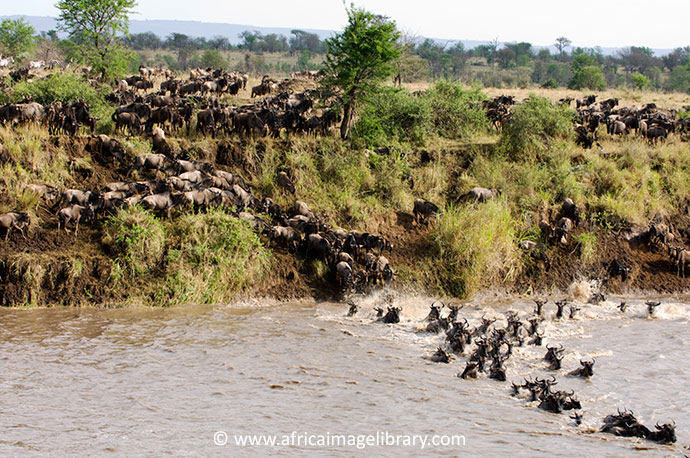
It is predominantly wildebeest, but also large concentrations of zebra and lesser numbers of Thomson’s gazelle, Grant’s gazelle and eland that head through the greater Serengeti ecosystem in the greatest spectacle of its type in Africa.
Gorilla tracking in Rwanda
If there is one park in all of Africa that you should visit for wildlife encounters, it is Virunga. This is more than mere hyperbole: it is easily the most varied region on the continent, if not one of the most varied on the planet. The volcanoes which make up the border between Uganda, Rwanda and the Democratic Republic of Congo are the last great place on the planet to see mountain gorillas.
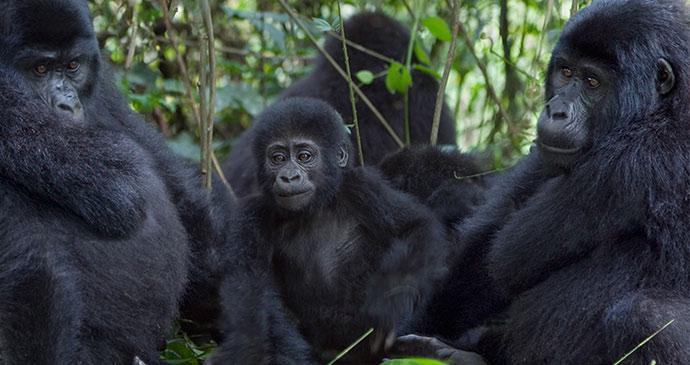
Usually, you will only need to hike for a few hours to find a mountain gorilla group. It’s the region’s best-kept secret for this kind of trekking and it offers much cheaper gorilla tracking that either of its neighbours (not to mention a far better chance of obtaining a permit at short notice). While other areas in the DRC may be affected by political instability, Virunga welcomes visitors with open arms.
Birdwatching in the Galápagos
When Charles Darwin first visited the Galápagos Islands in 1835 he was struck not just by the array of wildlife, but also by its fearless nature. Today, while the animals remain unafraid, visitors are restricted to specific areas by the Galápagos National Park authorities. All the same, you’ll be rewarded with some of the closest wildlife encounters anywhere on earth.
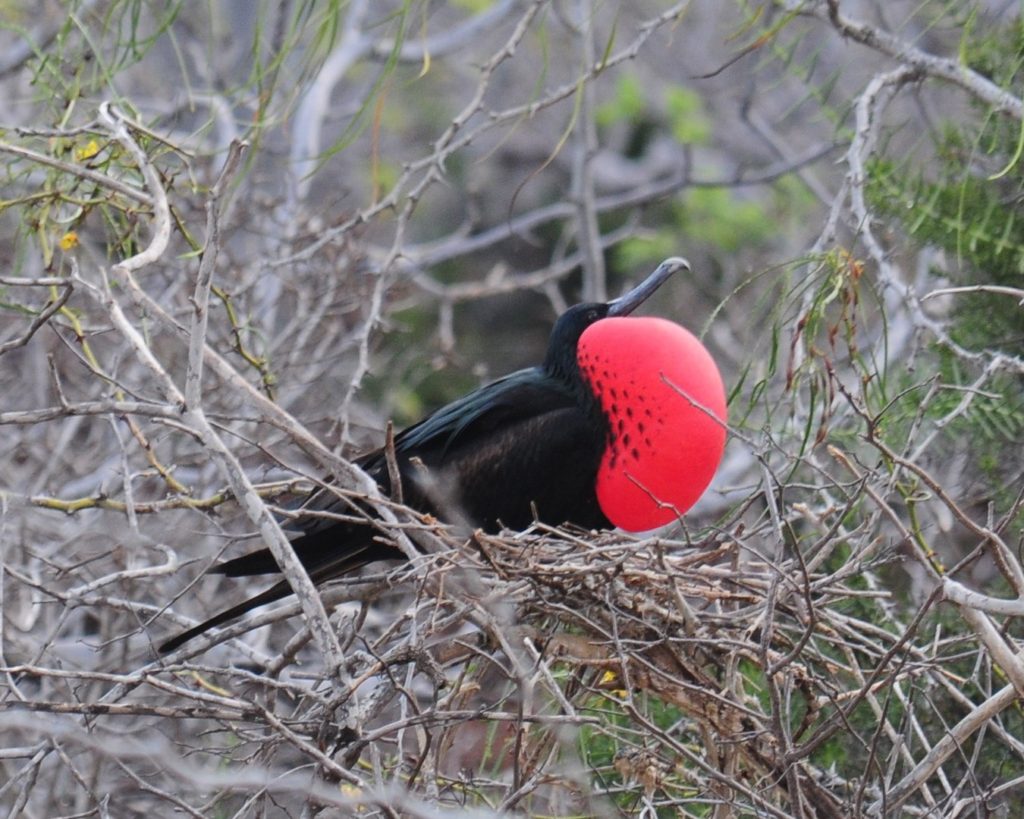
Clicking, screeching albatrosses stare back at your from close quarters while a plethora of birds such as gulls, terns and pelicans stand their ground. Trails lead through areas where blue-footed boobies go about their mating dance – so near that they’ll even make half-hearted pecks at the legs of passing tourists. You’ll witness birds everywhere, oblivious to your presence.
Watching orangutans in Borneo
There are two different species of orangutan: one confined to the island of Borneo; the other to Sumatra. There are certainly more orangutans in Borneo, currently about 45,000, compared with fewer than 7,000 in Sumatra, but both offer opportunities for excellent encounters with these great apes. Wild orangutans are usually very shy of people and most of the time you’ll only see them high in trees.
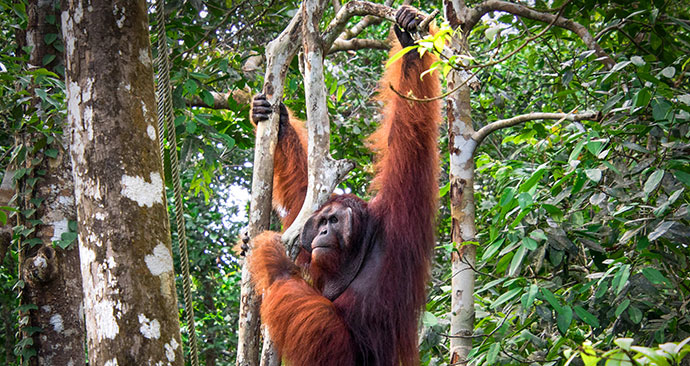
Your best chance of meeting them up close is to visit a rehabilitation centre where orphaned orangutans have been released back into the jungle. These usually have some kind of feeding platform in the forest where fruit is placed at certain times of day. Here, the orangutans have become very used to people and it’s not unusual for them to come extremely close. Looking into their eyes, you’ll feel a powerful connection – but always remember that they can be unpredictable.
Climbing for Andean condors in Peru
Even if you’ve a head for heights, staring down into the abyss of Peru‘s Colca Canyon induces a sense of vertigo. Twice the depth of America’s Grand Canyon, its vertical walls plummet over 3,200m to the valley floor. Although this area is riddled with trekking possibilities, there is also good road access to El Cruz Condor, a viewing point perched on the edge of the ravine.
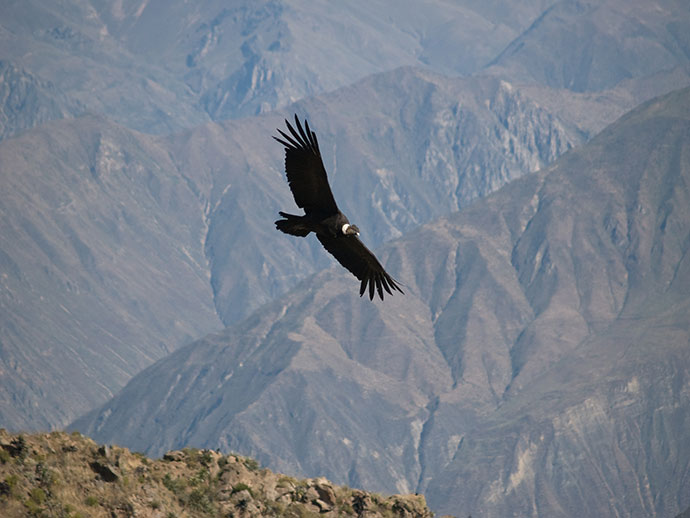
Small crowds gather here in the early morning, waiting for Andean condors to leave their nests and steadily rise on the thermal currents. With a wingspan that may exceed three metres, these imposing birds specialise in gliding. The edges of their feathered wings look like giant fingertips which they use to make fine adjustments to their flight path, ever on watch for the carcasses on which they feed. On a good day you’ll see several Andean condors performing fly-bys along the valley and soaring directly overhead.
Walking with lions in Tanzania
Although the most reliable way of seeing lions is from a safari vehicle, encountering them on foot adds an entirely different dimension to these already phenomenal wildlife encounters.
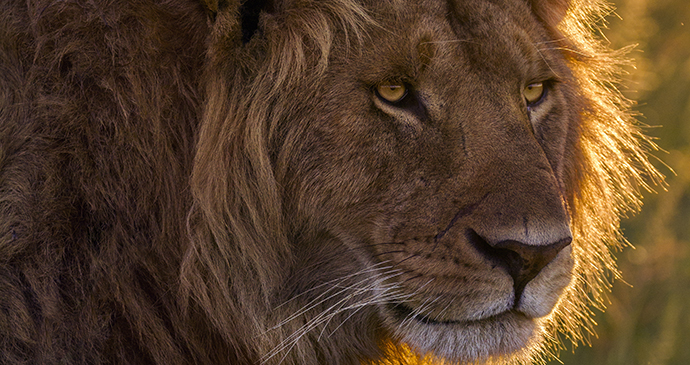
Walking through the dry savannah, keeping careful watch for footprints, scat markings and flattened areas of grass: you’re in their territory, on their terms; it’s heart-racing stuff.
Turtle watching in Suriname
Matapica Beach is one of the world’s most important turtle-nesting sites, where you have a huge chance of daylight sightings.
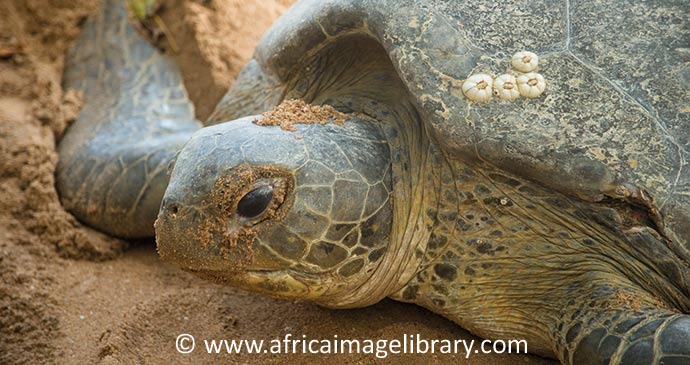
The most common species here is green turtle, but leatherbacks are also quite frequent. Olive ridley and hawksbill turtles also nest here, but very occasionally and sightings are rare.
Whale watching in Canada
Digby Neck is the place in Nova Scotia to go to spot the ocean beasts. The warm Gulf Stream water colliding with the cold outflow from the Bay of Fundy, combined with the tremendous tidal influence on the waters in this area, produces some of the most plankton-rich waters in the world, attracting whales, particularly baleen whales – the largest animals on earth.
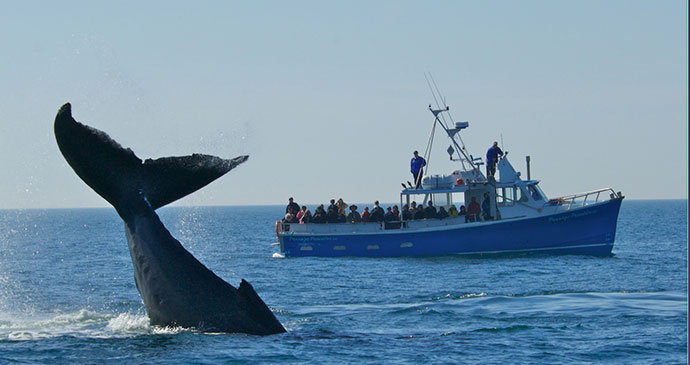
Smaller species such as finback and Minke whales and harbour porpoises are plentiful early in the season, and numbers of huge humpback whales increase as June goes on. White-sided dolphins are another possibility, and in August you might see a very rare right whale.
Puffins!
We challenge anyone surrounded by hundreds of puffins to keep a straight face. With a comical appearance and a wobbly slapstick walk, these are one of the most endearing of birds. During the breeding season, you’ll be able to observe them much closer than many other birds, but it’s important to keep a distance from their burrows (at least three metres away) or you risk disturbing them at this vital time.
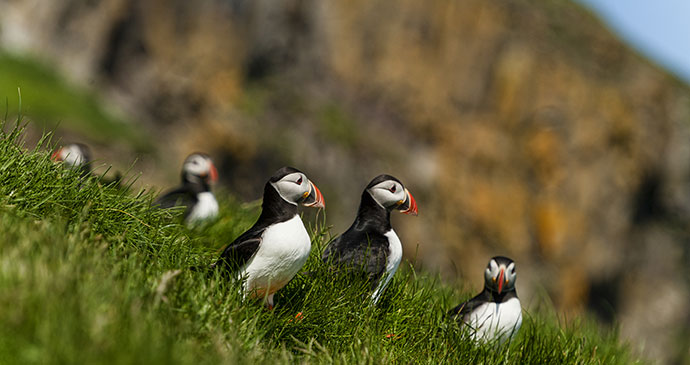
Puffins spend most of their lives at sea, returning to land only to breed. Using their beaks to shovel soil, they dig a metre-long burrow, lined with feathers at the rear. Once it’s excavated, they return to the same burrow every year, giving it a spring clean at the start of the season. Theirs is an equal partnership; while one partner keeps an eye on things at home, the other shambles out and prepares for take-off, whirring through the air before coming back with rows of sand eels clenched in its bill.
Trekking snow leopards in Ladakh
Trekking through the high central mountains of Asia is inspiring in its own right, the crisp thin air cleansing your lungs with every breath. That’s just as well, for on any trek in search of snow leopards, a sighting is a bonus.
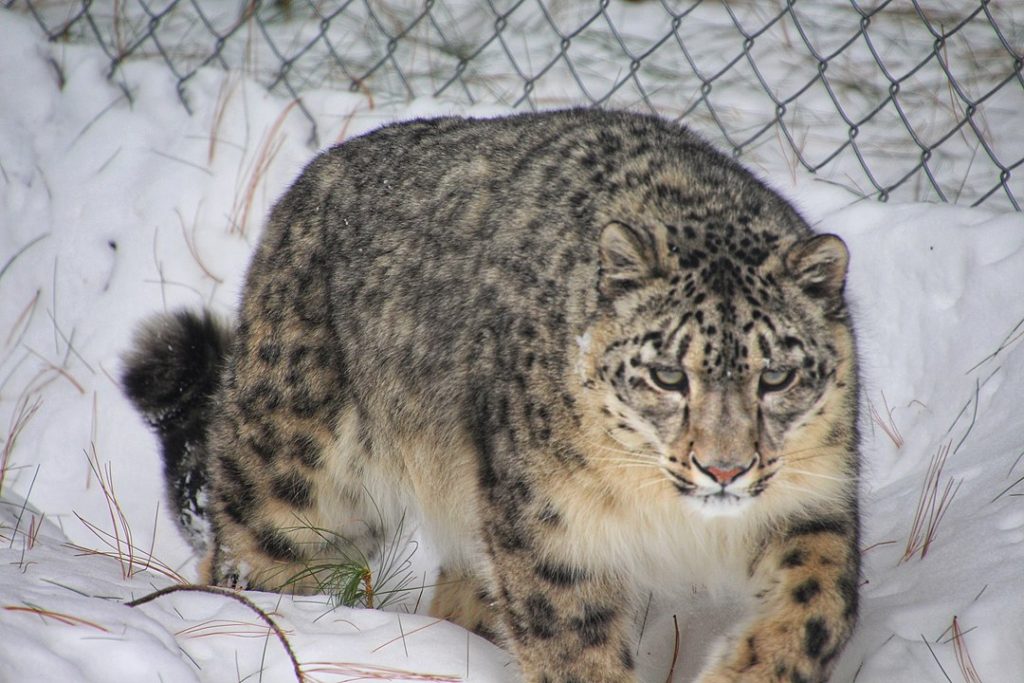
Even local people rarely see these elusive cats. Your best bet to see the majestic creatures are at Hemis National Park, and you can increase your chances of spotting one, albeit at a distance, by taking a winter trek to Zanskar with Tanzin Norbu.
Watching grizzly bear catch salmon in Alaska
A grizzly bear needs to eat a lot of food to put on enough fat to see it through the winter. So when salmon spawn, you can usually be sure of finding bears.
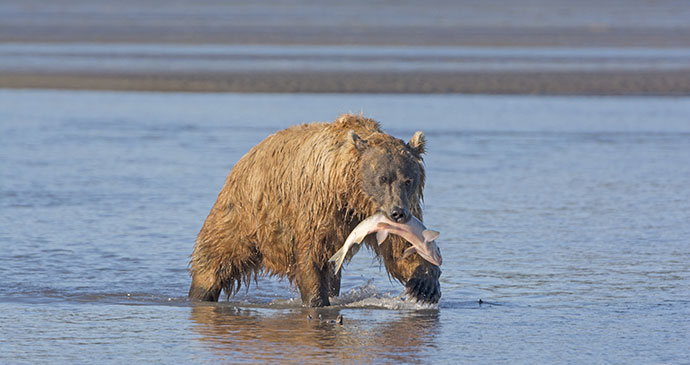
It’s a narrow window of opportunity for you and the bears – somewhere in the region of just six weeks – but time it right and you will be rewarded with one of nature’s great encounters.
Tracking rhino on foot in eSwatini
Tracking rhinos on foot is a specialist job. Easily startled – and with notoriously poor eyesight – they are capable of charging at over 50km/h. Black rhinos are the more aggressive of the two species, with a tendency to attack anything perceived as a threat – they’ve even been known to assault trees and other harmless objects by mistake.
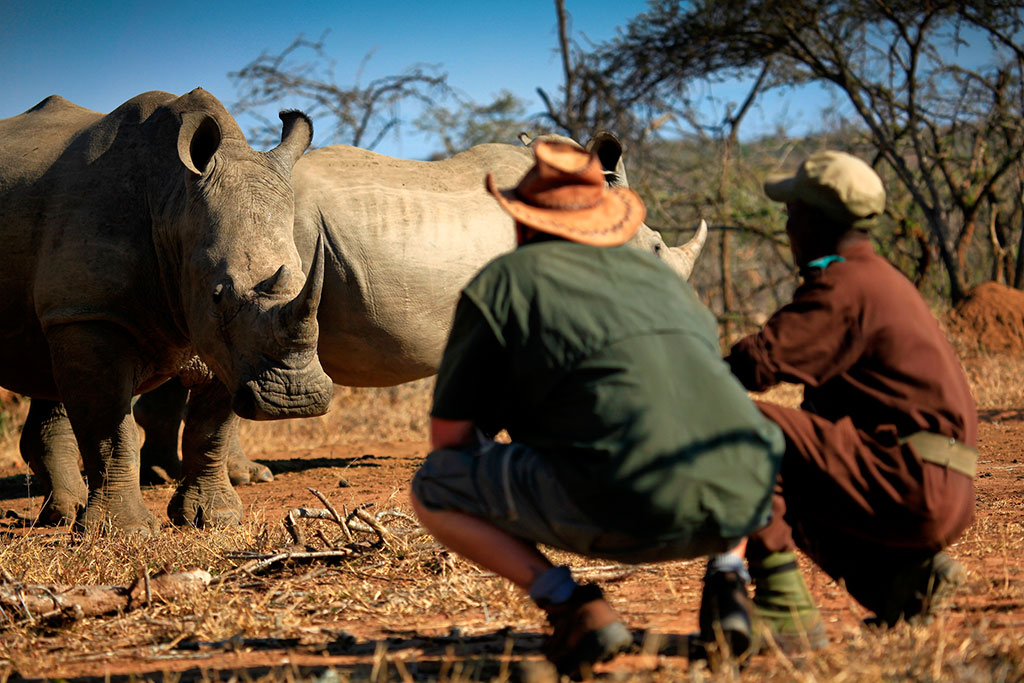
In a small group (six or fewer), you’ll be accompanied be armed guides experienced in finding these animals. Whereas white rhinos are often seen in a small herd, their black relatives are solitary creatures – apart from mothers with a calf. Hearing and smell are their most acute senses, so it’s vital to stay quiet, approach downwind and follow your guide’s instructions at all times.
Mandrill tracking in Gabon
The newest activity at Lopé National Park is mandrill tracking and this is one of the only places in the world where it is possible. Visitors can now join researchers based in Lopé village, who have tagged several members of a 1,000-strong troupe on a tracking mission, conducted in 4×4s and on foot.
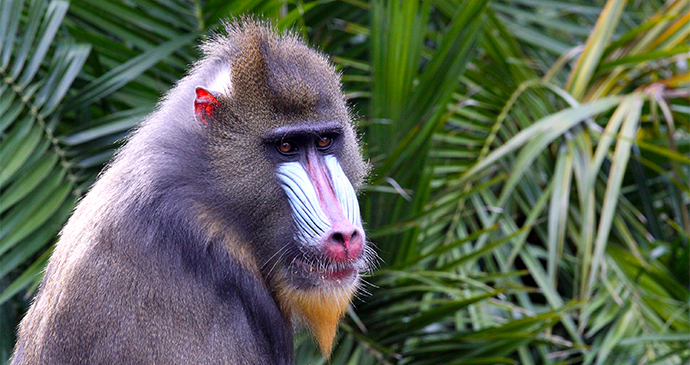
The morning journey requires several stops to put up the radio antenna and triangulate their location, and makes for an utterly thrilling encounter when you finally meet.
Tracking golden monkeys in Uganda
This little-known bamboo-associated primate listed as ‘Endangered’ by the IUCN. Endemic to the Albertine Rift, the golden monkey is characterised by a bright orangegold body, cheeks and tail, contrasting with its black limbs, crown and tail end. Once quite widespread in the forests of southwest Uganda and northwest Rwanda, it is now near-endemic to the Virunga volcanoes.
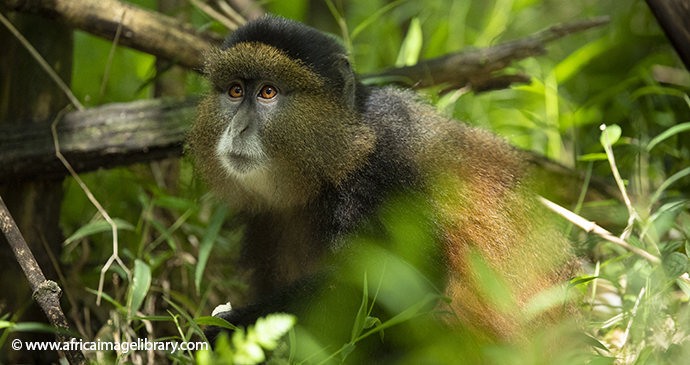
Within this restricted range, however, it is the numerically dominant primate – indeed a 2003 survey estimated a population of 3,000 to 4,000 in MGNP alone. Visitors to Mgahinga might luck a glimpse of this charismatic monkey on any hike that passes through the park’s bamboo zone, but to be sure of seeing them close up, it is best to do the golden monkey tracking excursion that leaves from Ntebeko.
More information
Discover more about the world’s greatest wildlife encounters with our guides:
